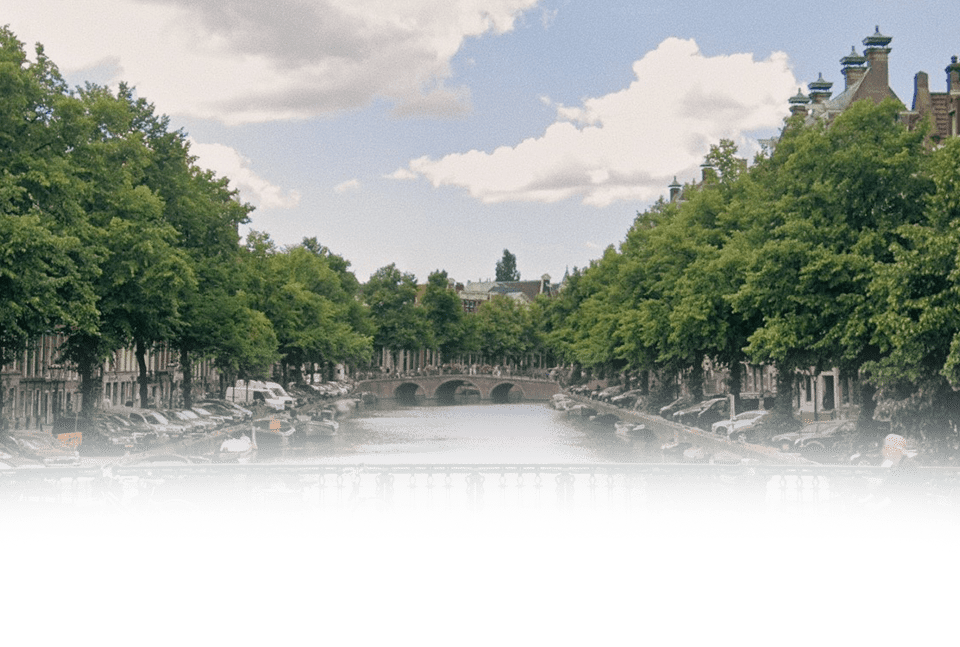Amsterdam is the beautiful capital of the Netherlands. On this page you'll find all the basic information you'll need.
History
With a population of over 834,700, Amsterdam is the most densely populated city in the Netherlands. Amsterdam has been the capital of the Netherlands since 1808. It was built on the Amstel estuary, on what used to be marshland. To protect the town against the sea, a dam with a sluice gate was built in the river and the area was shielded by dikes, the Nieuwendijk and Zeedijk. This area formed the heart of what would ultimately become the city of Amsterdam. The city’s name was first recorded in a document signed by the Dutch Count Floris V in 1275.
Architecture
Amsterdam has been called the city of ‘gentle architecture’, since its architectural charm lies not in its grandeur but in its intimate details. From the 15th century onwards, planning laws, plot sizes and the instability of the topsoil dictated that facades were largely uniform in size and were built of lightweight brick or sandstone. Large windows further reduced the weight of the buildings. For every new building, foundation pillars were driven deep into the soil to prevent sinking. The owners of the townhouses along the canals gave their homes personal touches like decorative gables, ornate door casings and variations in window shapes.
City districts & neighbourhoods
Amsterdam's seven city districts are:
- Centre (Centrum)
- North (Noord)
- East (Oost)
- West (West)
- New West (Nieuw-West)
- South (Zuid)
- South East (Zuidoost)
Each city district has its own distinct atmosphere and sometimes consists of multiple neighbourhoods.
Parks
Amsterdam is a relatively green city and you will hardly find a street that isn’t lined with trees. The city has 29 parks to explore and five of them are listed below.
- Amsterdamse bos
- Vondelpark
- Westerpark
- Oosterpark
- Gaasperpark
